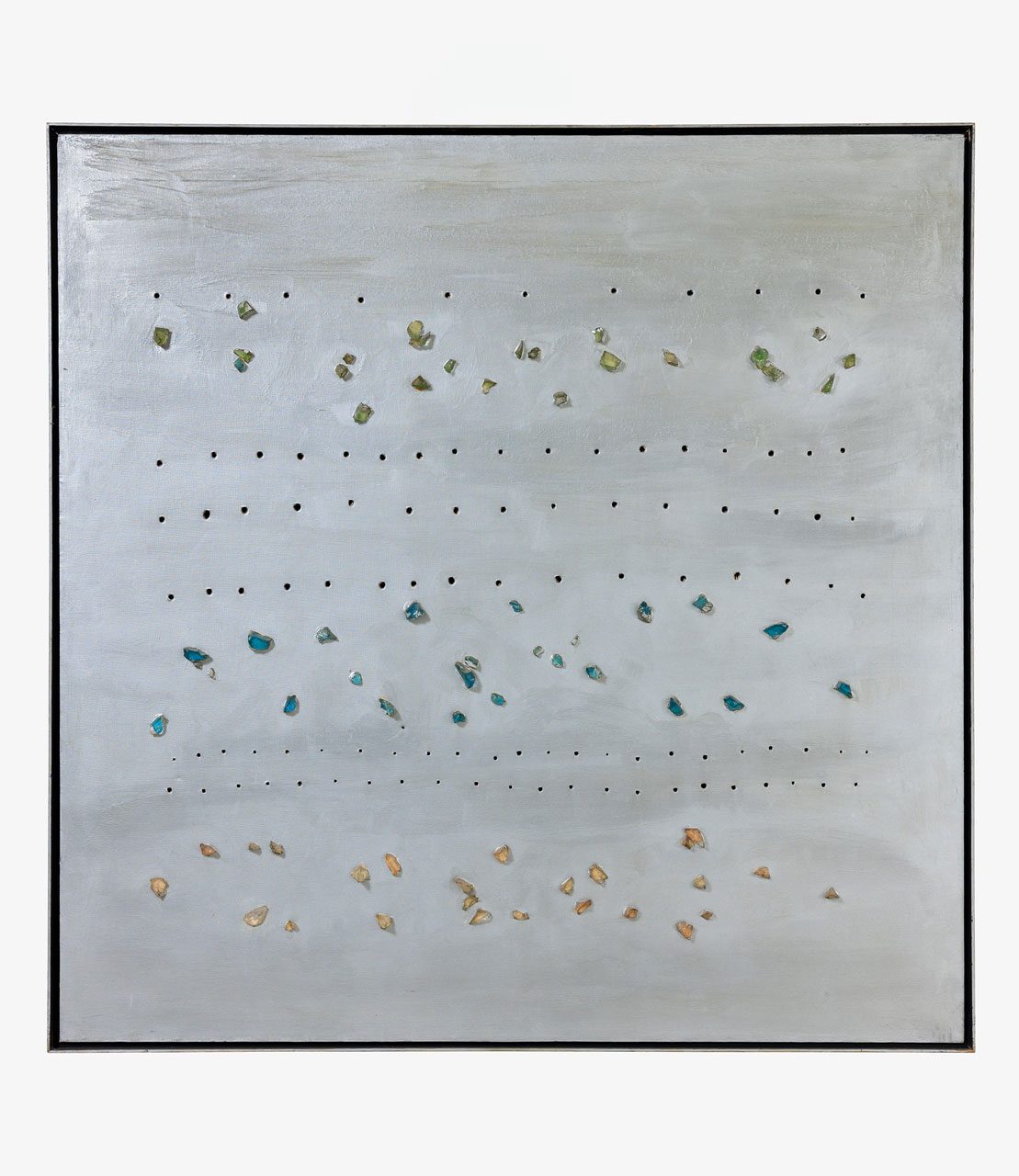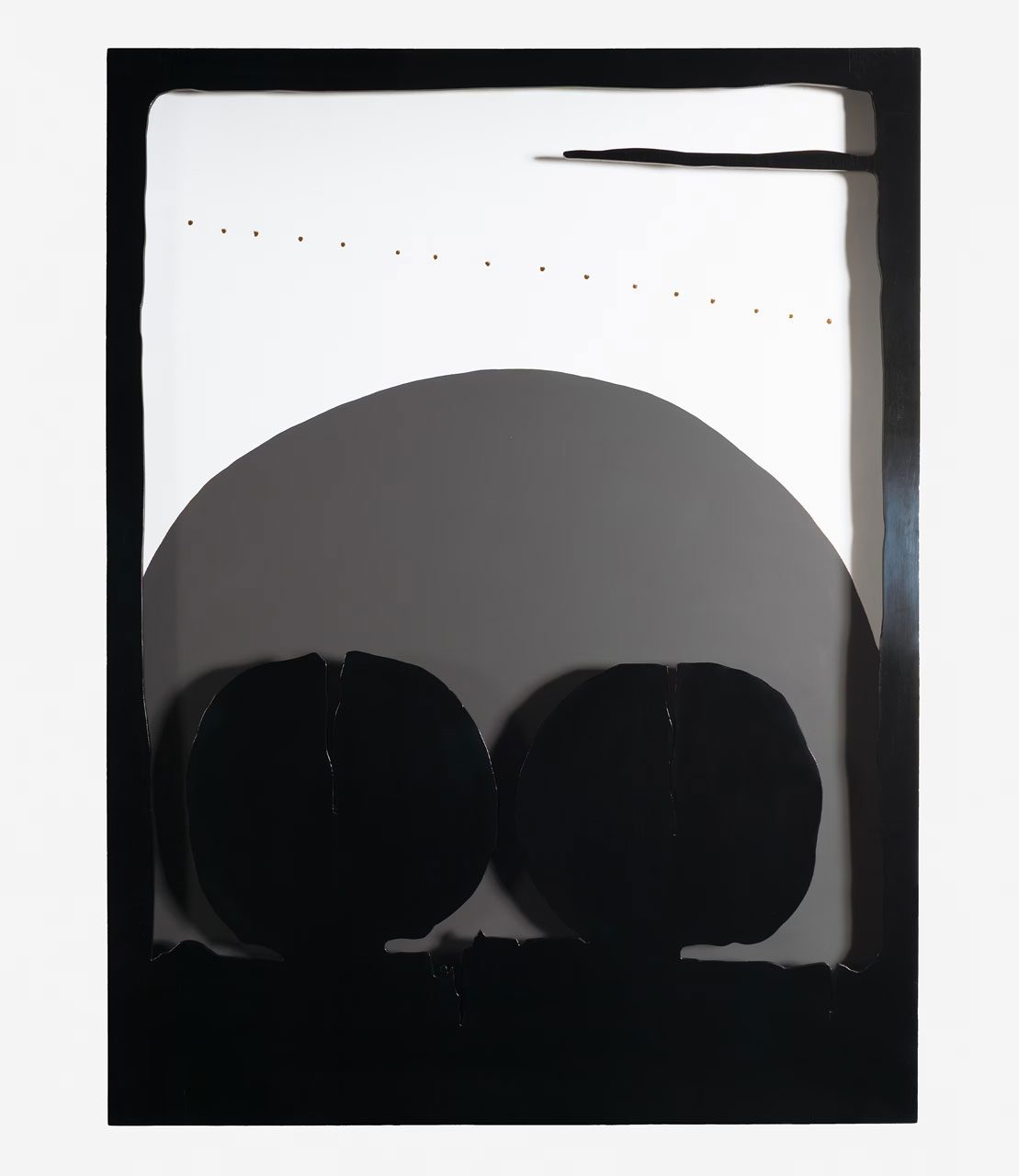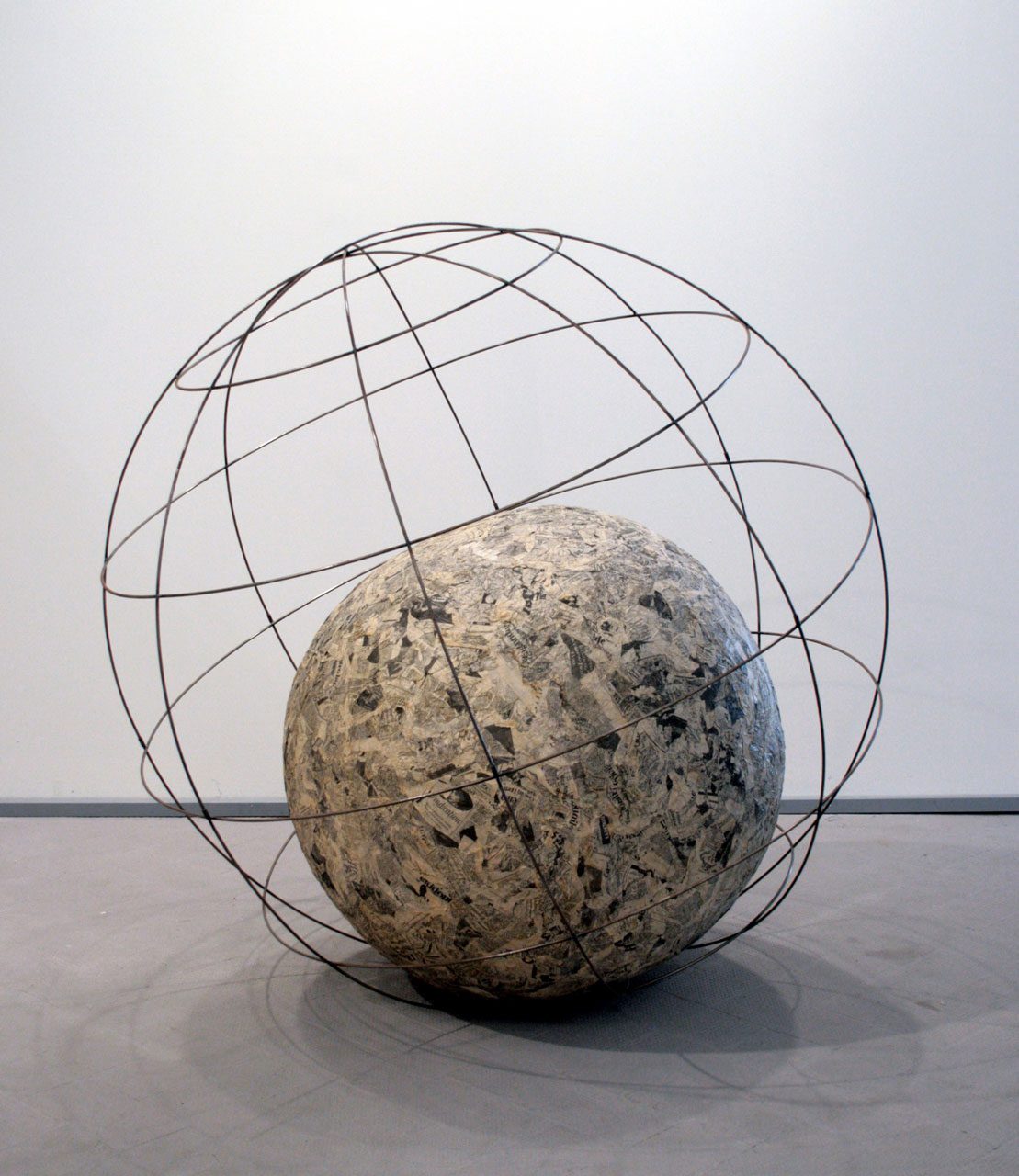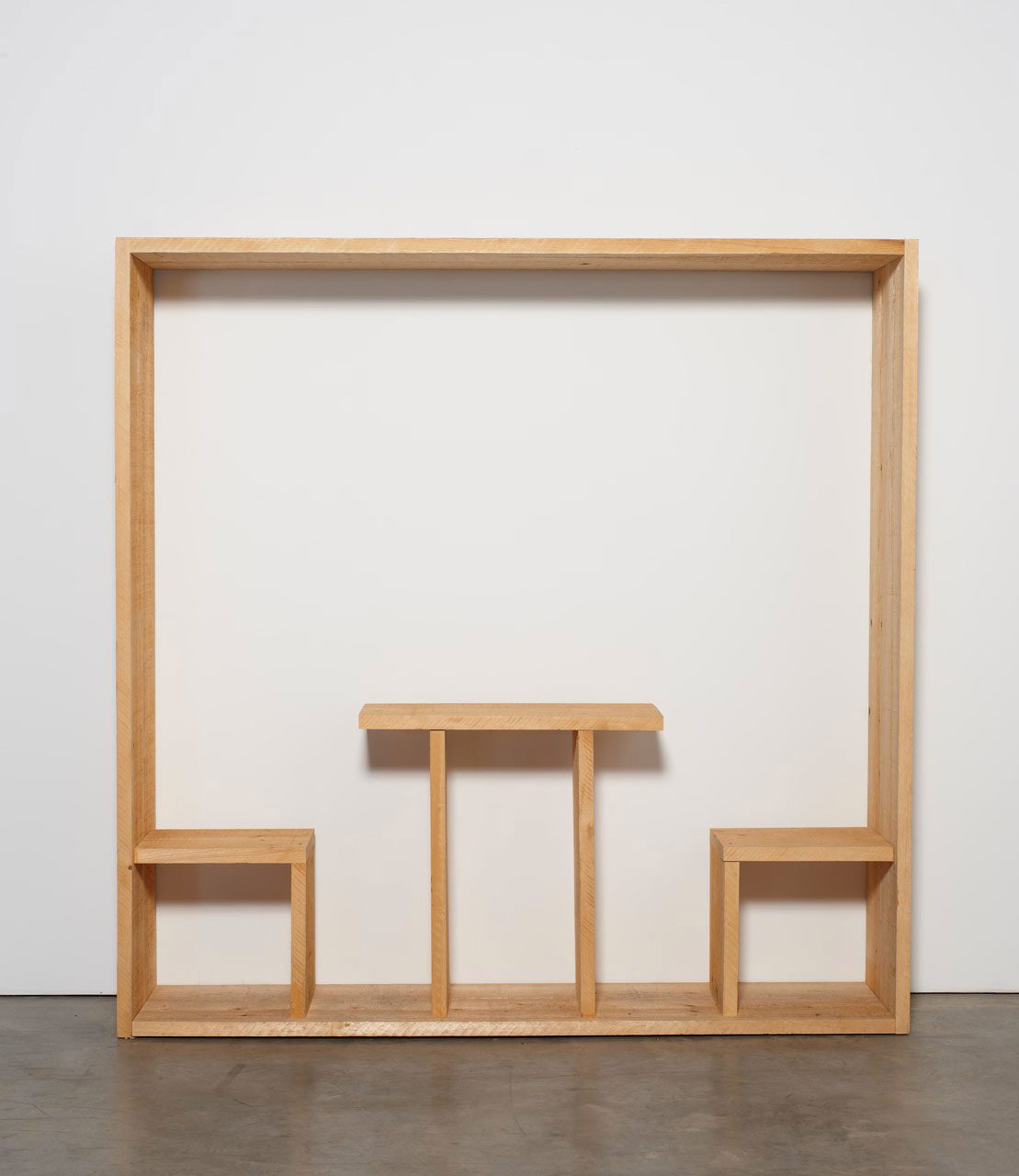ART CITIES: Shanghai-Mirroring: Lucio Fontana and Michelangelo Pistoletto
For the first time Lucio Fontana and Michelangelo Pistoletto, two prominent figures of the post-war Italian and international art scene, are put in dialogue with one another revealing their respective approaches to the matter and the conceptual dimension of art. The exhibition “Mirroring: Lucio Fontana and Michelangelo Pistoletto” aims to create a dialogue between their works, emphasizing the direction they shared in their production while alluding to inevitable differences in their practices
By Efi Michalarou
Photo: Fondazione Prada Archive
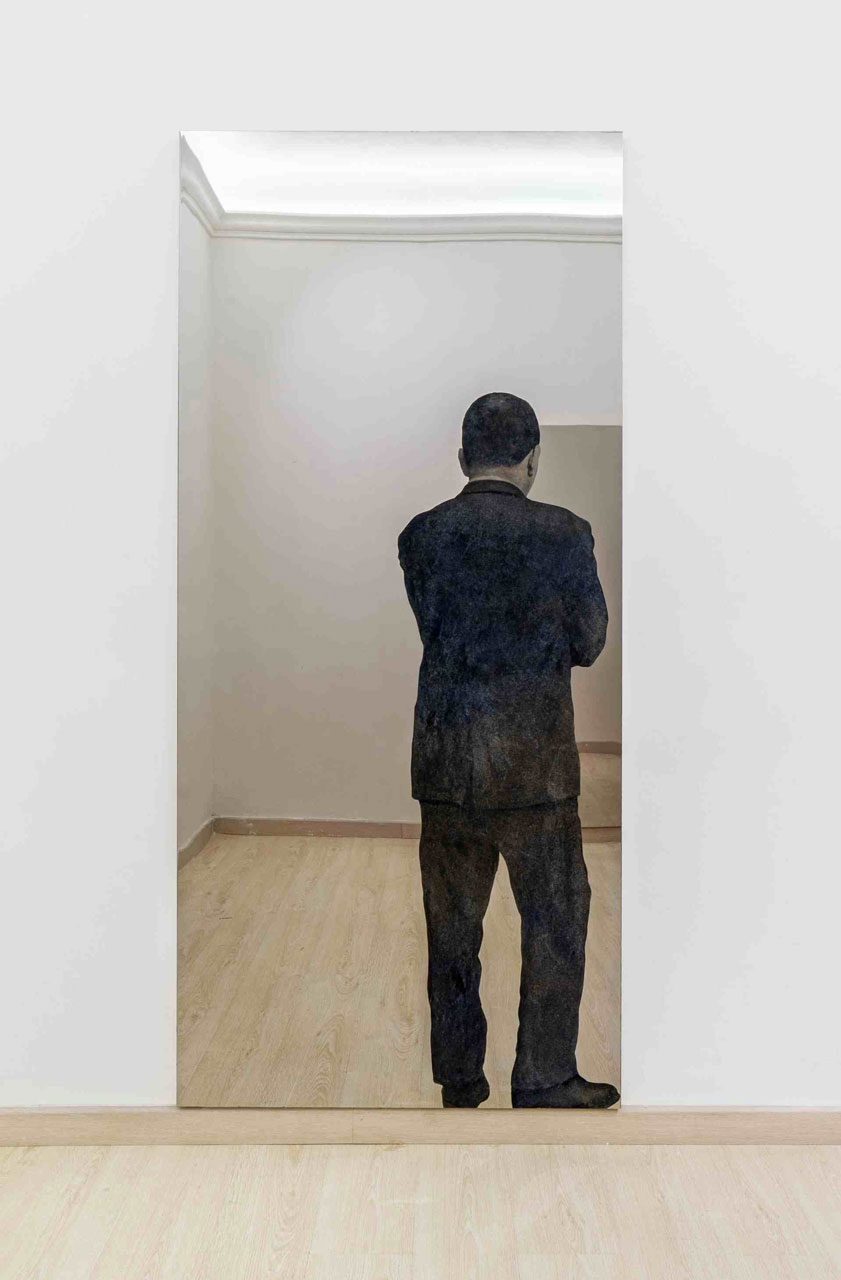
The exhibition “Mirroring: Lucio Fontana and Michelangelo Pistoletto” gathers 26 works from the late 1940s onward which underline their search for new forms of expression and the rejection of materials, methods, and subjects perceived as the paradigm of the past. The show explores furthermore their approaches to overcome painting restrictions and use materials drawn from the world beyond fine art. The project also investigates how the two artists sought to transcend the restrictions of traditional painting and incorporated materials from beyond the realm of visual arts. The three-dimensionality of their works is another central element of the exhibition, accompanied by reflections on the performative aspects of their practices. “Mirroring” explores the ways in which the two artists, both complementarily and divergently, transcend the two-dimensional limits of the pictorial surface. “Concetto spaziale” (1949–50) and “Concetto spaziale” (1961), encapsulate Fontana’s artistic investigation, showcasing two of the most representative and revolutionary gestures of his research: the “holes”, which the artist began creating in 1949, and the “cuts”. The silver-colored pigment in these canvases expands the traditional boundaries of painting, reaching a dimension that does not represent something but rather evokes it. Pursuing this vision further, Fontana incorporates glass paste inserts, as seen in “All’alba Venezia era tutta d’argento” (1961), part of a series dedicated to the city that recalls the shimmering reflections of the Venetian lagoon. These three silver-toned works challenge the flatness of the canvas and create a new dimension: a conceptual space. In 1960, Michelangelo Pistoletto held his first solo exhibition in Turin, exploring his identity through the “Autoritratti” series. The exhibition includes works such as Uomo di schiena (1961), part of the “Il presente” series, in which Pistoletto paints his own figure against a black background that becomes reflective through a thick layer of transparent varnish, and “Figura umana” (1962), part of the “Quadri specchianti” series, where he replaces traditional painting techniques with polished stainless steel for the first time. In both works, the human figure is depicted with its back turned to the viewer, breaking away from the conventional approach to portraiture and dissolving the boundary between the artwork and the observer. The exhibition project also delves into the three-dimensionality and performative aspects of Fontana and Pistoletto’s work. Fontana, who originally trained as a sculptor and only turned to painting in the late 1940s, conceives representation through the force of a gesture that leaves traces of a physical action. This approach is evident in the emblematic “Nature” series (1959–60), composed of geoid sculptures made of terracotta and cast in bronze, evoking a cosmic imagery. The same performative dimension of action is also present in the “Teatrini” series (1965), in which the artist creates wooden frames to construct a kind of theatrical scenography, allowing form to take on a performative role. Between late 1965 and early 1966, Pistoletto created and exhibited in his home-studio a new group of works titled “Oggetti in meno” (Minus Objects). Produced through a process tied to the contingent nature of time, these objects are each unique, as if forming part of a collective exhibition, breaking the conventional notion that an artist’s work must be stylistically recognizable—akin to a commercial brand. The metaphysical dimension is a central element in the work of both artists. Fontana’s pieces “Ambiente spaziale: (1948–49) and “Concetto spaziale” (1950), created using paper and paper on canvas, explore the boundaries of existence, incorporating blotches and globular forms that evoke galaxies and nebulae. In his “Terzo Paradiso” (Third Paradise) series (2003), Michelangelo Pistoletto reinterprets the infinity symbol, replacing the traditional two circles with three, representing the transition to a new era of history and a new human condition. Through these works, the artist invites reflection on overcoming the conflict between nature and artificiality, advocating for a sustainable balance between the natural environment and technological progress. The interest of Fontana and Pistoletto in rejecting pre-established artistic models and their pursuit of new expressive forms, is an aspect that remains persistent in their works. The exhibition aims to create a dialogue between the two artists, highlighting the direction they shared in their artistic production while also acknowledging the inevitable differences in their practices. Pistoletto himself recalled his connection with Fontana: “I knew Lucio, we were friends, and we engaged in a dialogue about our work and its relationship with art history,” he said. “We both contributed to this history at different moments. The first time I saw his work was at the “Arte in vetrina” exhibition in Turin in 1953 […]. After encountering Fontana, I sought my own identity. I found it in the mirror, through self-portraiture. But without a mirror, a self-portrait cannot exist, and soon the mirror became the protagonist of my personal and new perspective.”
Photo: Artwork from the exhibition “Mirroring: Lucio Fontana and Michelangelo Pistoletto”, Prada Rong Zhai -Shanghai, 2025, Courtesy Prada Rong Zhai
Info: Curator: Sook-Kyung Lee, Prada Rong Zhai, No. 186 North Shaan Xi Road Jing’an District, Shanghai, China, Duration: 20/315/6/2025, Days & Hours: Tue-Sun 10:00-18:00, www.prada.com/kr/
